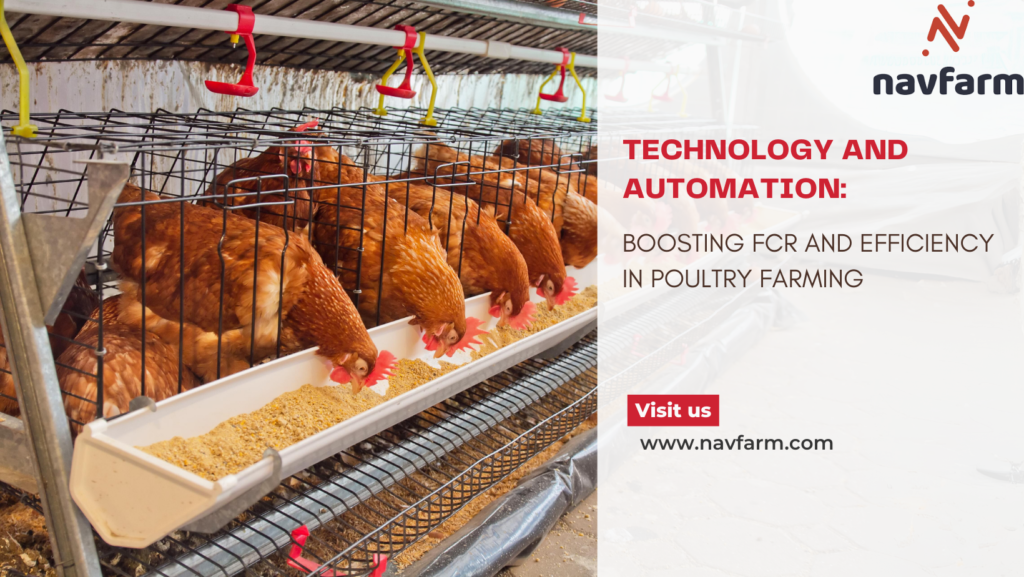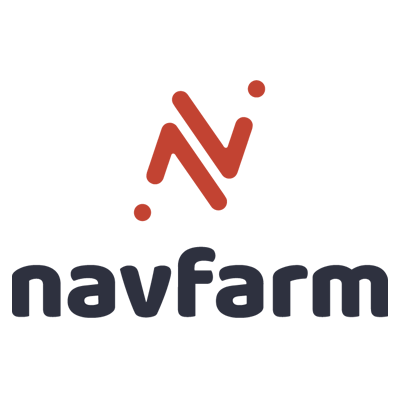
In the world of modern poultry farming, efficiency is the key to success. One of the critical factors in achieving this efficiency is Feed Conversion Ratio (FCR). FCR measures the effectiveness of converting feed into meat or eggs and has a direct impact on both profitability and sustainability. To enhance FCR and overall poultry farm efficiency, technological advancements and automation solutions have become invaluable tools. In this blog, we’ll delve into how these innovations are reshaping the poultry farming landscape.
Understanding the Significance of FCR
Before we explore how technology and automation can boost FCR, let’s quickly revisit why FCR matters.
Feed Conversion Ratio (FCR): This ratio represents the amount of feed required to produce a unit of meat or eggs. The lower the FCR, the more efficient your farm is. It directly affects feed costs, production, and, ultimately, your bottom line.
A lower FCR not only means cost savings but also a reduction in the environmental footprint of your farm, making it a win-win for both your business and the planet.
Also Read : ERP Software for Dairy Industry
Leveraging Technology for FCR Optimization
- Precision Feeding: Precision feeding technology utilizes data and sensors to adjust feed rations based on the specific needs of the birds. It ensures that each bird gets precisely the right amount of nutrition, reducing waste and improving FCR.
- Data Analytics: Advanced data analytics provide insights into bird behavior, health, and growth patterns. By analyzing this data, farmers can make informed decisions about feed composition and distribution.
- IoT and Sensors: Internet of Things (IoT) devices and sensors are used to monitor temperature, humidity, and other environmental factors in poultry houses. This real-time data helps in creating optimal conditions for bird growth and health, further enhancing FCR.
The Role of Automation in FCR Enhancement
- Automated Feeders: Automatic feeders regulate the distribution of feed, reducing wastage and ensuring birds have access to food when needed.
- Robotic Systems: Robotic systems can automate tasks such as egg collection, cleaning, and even monitoring bird health. This reduces labor costs and ensures tasks are performed consistently and efficiently.
- Remote Monitoring: With remote monitoring solutions, farmers can keep an eye on their poultry farm from anywhere. This not only saves time but allows for quick responses to any issues that may impact FCR.
The Path to Sustainable and Profitable Poultry Farming
Technology and automation have paved the way for poultry farms to achieve new heights of efficiency and sustainability. By optimizing FCR, farmers can reduce costs, minimize resource consumption, and improve overall profitability.
As technology continues to evolve, it’s essential for poultry farmers to embrace these innovations to stay competitive and contribute to a more sustainable future.
Investing in technology and automation isn’t just about improving the bottom line; it’s also about creating a more responsible and efficient poultry farming industry. By harnessing the power of technology, we can ensure that the future of poultry farming is both economically and environmentally sustainable.
